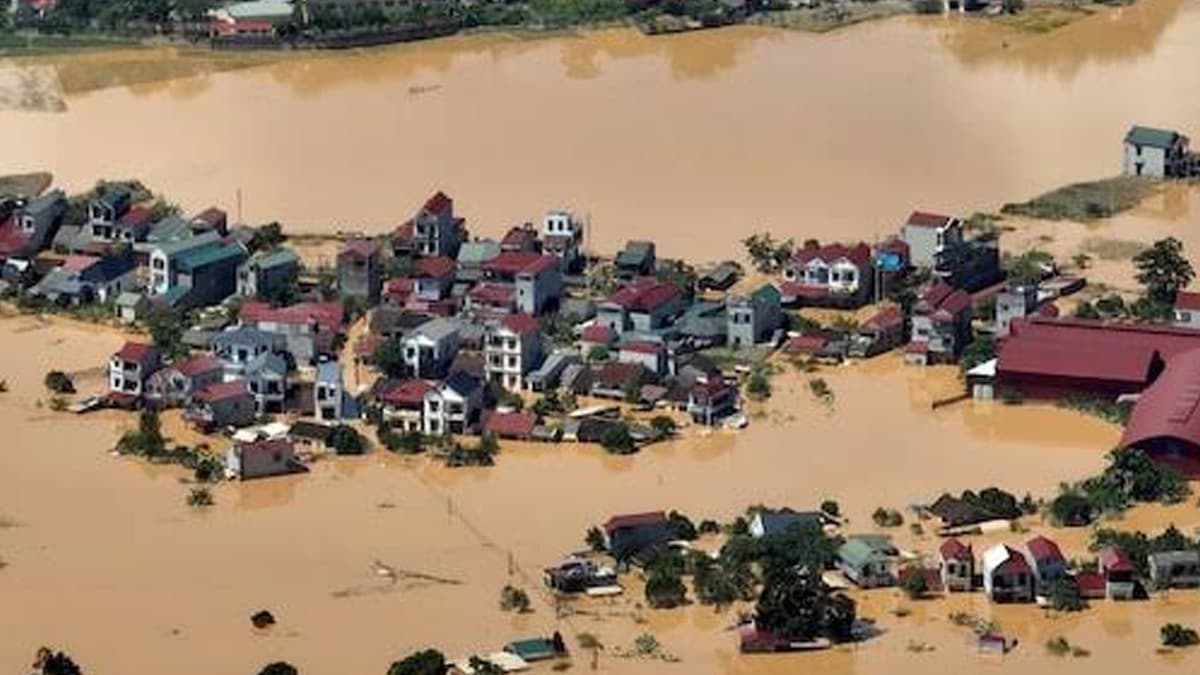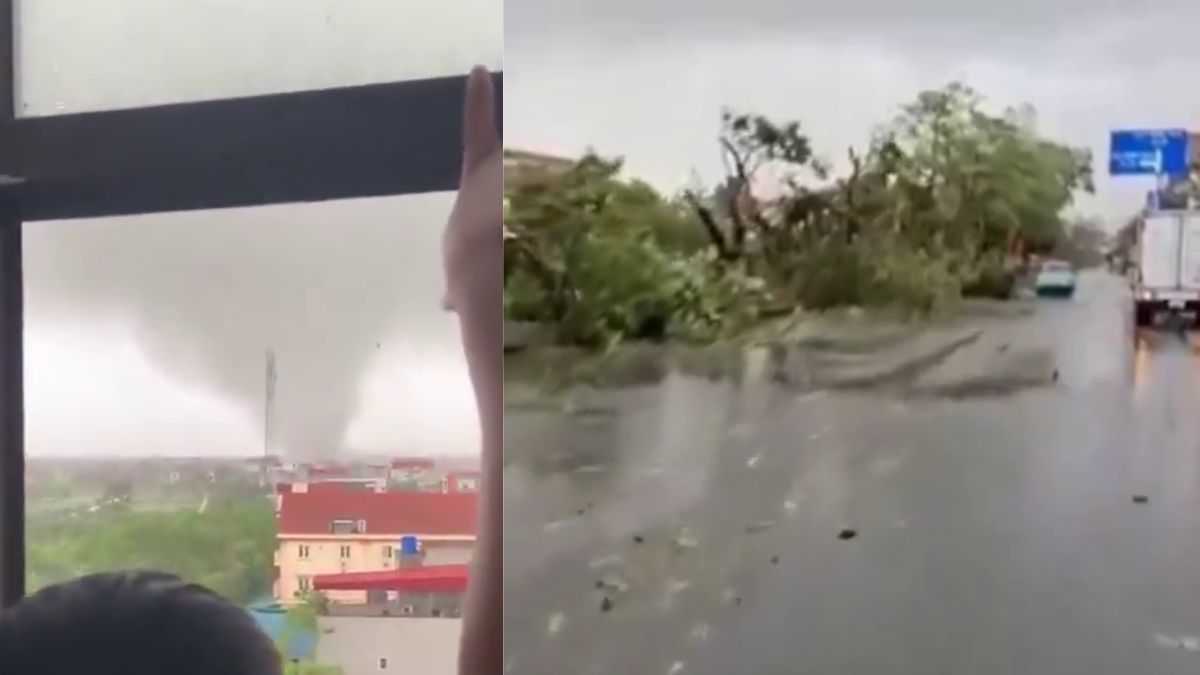Death toll in Vietnam floods rises to 90 as heavy rain and landslides devastate central provinces
Severe floods in Vietnam have killed 90 people, with most fatalities in Dak Lak province. The floods, triggered by relentless rain since late October, have also left 12 missing, destroyed homes and infrastructure, and caused estimated losses of US$343 million.

- 90 people confirmed dead and 12 missing in south-central Vietnam due to floods and landslides
- Dak Lak province hardest hit, with tens of thousands of homes inundated
- Floods caused economic damage exceeding US$343 million across five provinces
Severe flooding across south-central Vietnam has left at least 90 people dead and 12 more missing, according to the Ministry of Natural Resources and Environment, as the country struggles to recover from weeks of intense rainfall and deadly landslides.
The hardest-hit area has been Dak Lak province in Vietnam’s Central Highlands, where 63 deaths have been recorded since 16 November. Tens of thousands of homes were flooded as rivers breached their banks, and local infrastructure was extensively damaged.
While some floodwaters have begun to recede, many communities remain submerged. The online news outlet VnExpress reported that hundreds of families in Dak Lak are still struggling with the aftermath.
Mach Van Si, a 61-year-old farmer, described being trapped with his wife on their roof for two days. “Our neighbourhood was completely destroyed. Nothing was left. Everything was covered in mud,” he told Agence France-Presse on 23 November.
Since late October, relentless rain has battered coastal and highland regions, including popular tourist destinations such as Nha Trang and Da Lat. Entire city blocks were inundated, and landslides destroyed key roadways in highland passes.
According to the national weather bureau, rainfall in some areas exceeded 1,900 millimetres over the past week—more than three times the average for November.
The floods have had a significant economic and humanitarian impact. Vietnam’s disaster agency confirmed that over 235,000 homes were flooded and nearly 80,000 hectares of crops—mainly rice and coffee—were damaged.
In addition, more than 3.2 million livestock and poultry have either died or been swept away by floodwaters, according to figures released over the weekend.
The government estimates total economic losses at 8.98 trillion Vietnamese dong (US$343 million) across five provinces, including Dak Lak, Lam Dong, Gia Lai, and Khanh Hoa.
Efforts to support affected residents are ongoing. Helicopters have been deployed to airdrop aid to communities cut off by landslides. Security forces, including the military and police, have distributed clothing, instant noodles, water purification tablets and other emergency supplies.
In Khanh Hoa province, two suspension bridges were destroyed by floodwaters, isolating many rural households. Meanwhile, several major roadways and sections of national railways remain blocked or damaged.
At the height of the crisis, more than a million electricity customers were without power. As of Sunday, over 129,000 remain disconnected, according to the Ministry of Natural Resources and Environment.
To assist in recovery, Prime Minister Pham Minh Chinh announced a relief package totalling 1.1 trillion Vietnamese dong (approximately US$41 million). The largest share, 500 billion dong (US$19 million), will go to Dak Lak for reconstruction of homes and public infrastructure.
Lam Dong is set to receive 300 billion dong (US$11.4 million), while Gia Lai and Khanh Hoa will each receive 150 billion dong (US$5.7 million).
Chinh has ordered that all home repairs be completed by 20 November and that new homes for displaced residents be built before the Lunar New Year in late January 2026.
Between January and October 2025, Vietnam recorded 279 deaths or disappearances related to natural disasters, with total damage estimated at more than US$2 billion, according to the national statistics office.
Vietnam regularly experiences heavy rainfall from June to September, but climate scientists warn that human-driven climate change is intensifying such events.
A 2023 report from the Intergovernmental Panel on Climate Change (IPCC) identified Southeast Asia as highly vulnerable to rising temperatures and extreme weather, noting that infrastructure and agriculture in the region are ill-equipped to cope with increasing climate volatility.



0 Comments